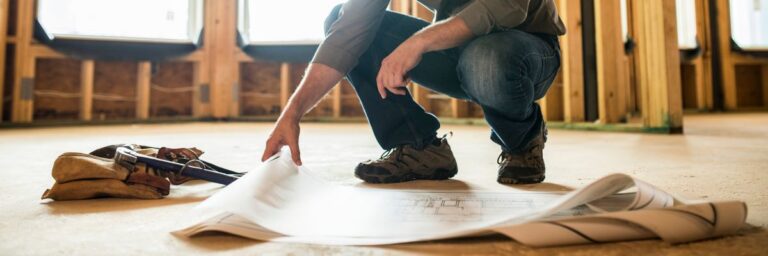Designing an ergonomic office is more than a trend—it’s a necessity. A well-planned ergonomic workspace can reduce fatigue, enhance productivity, and improve overall well-being. The key is to understand the components that create a comfortable and efficient environment.
Assess Your Needs
Start by analyzing your daily tasks. What equipment do you use most frequently? How much time do you spend sitting versus standing? These questions are crucial in identifying the right ergonomic office furniture. For instance, if you spend hours typing, an ergonomic keyboard and a desk that supports proper wrist alignment are essential.
Choosing the Right Desk
An ergonomic desk is the centerpiece of your workspace. It should allow you to maintain a natural posture, reducing strain on your neck and back. Consider options like adjustable standing desks that let you alternate between sitting and standing throughout the day. This flexibility can prevent the discomfort associated with prolonged sitting.
For those looking for high-quality ergonomic desks, check out www.ergodesks.co/. They offer a range of options tailored to meet various needs and preferences.
Ergonomic Chairs: Essential for Comfort
A supportive chair is another critical component of an ergonomic office. It should offer adjustable seat height, backrest tilt, and lumbar support. Properly adjusted, the chair will keep your feet flat on the floor, your knees at a 90-degree angle, and your back well-supported. This setup minimizes pressure on your spine, reducing the risk of back pain.
Monitor Placement and Lighting
Your monitor should be at eye level, about an arm’s length away. This positioning prevents neck strain and eye fatigue. If necessary, use a monitor stand to achieve the correct height. Additionally, proper lighting is vital. Avoid glare by positioning your monitor perpendicular to windows and using adjustable desk lamps to reduce eye strain.
Organize Your Workspace
Clutter can lead to stress and inefficiency. Keep your workspace organized with storage solutions that keep essential items within easy reach. Cable management tools can also reduce visual clutter and prevent tripping hazards.
Incorporate Movement
Even the best ergonomic setup can’t replace the benefits of regular movement. Integrate short breaks into your routine to stretch and walk around. Consider using a desk that encourages movement, like a balance board or a treadmill desk.
Final Touches: Personalize for Productivity
Personalizing your workspace can enhance comfort and motivation. Add elements that inspire you, whether it’s plants, artwork, or personal mementos. These small touches can make your workspace more enjoyable, boosting productivity and overall satisfaction.
Designing an ergonomic office is an investment in your health and productivity. By carefully selecting your furniture and organizing your space, you can create a workspace that supports your well-being and helps you work efficiently.



